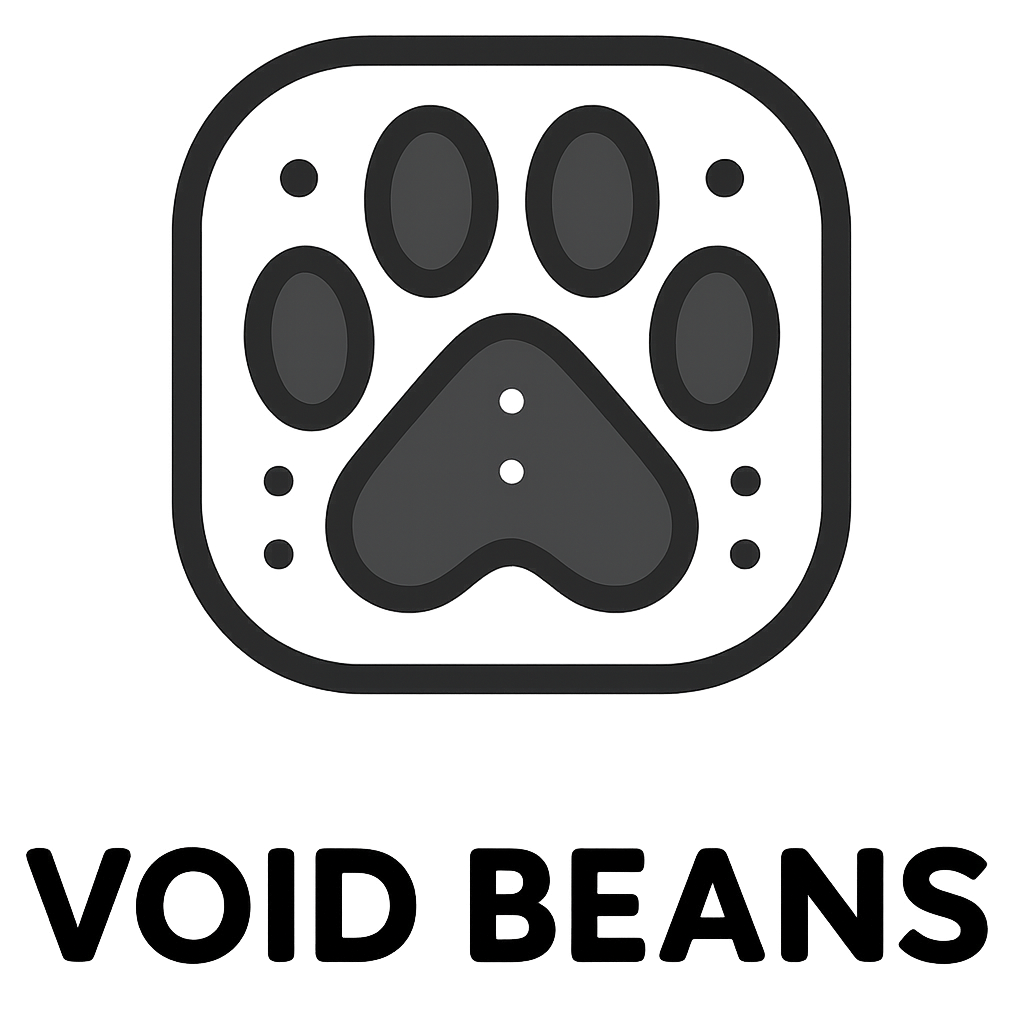For the latest publications on the Vox universe, subscribe at Vox Populi

Under Simulation Theory, The Framework is the name given to the current simulation we all exist within.
A notable proponent of Sim Theory is Brother Evan Quinn, who has written multiple texts and doctrines around what it means to live life as a human within a simulation. Evan Quinn's most notable work, titled "The Human Player", refers to a concept for living and moving through our simulation. In this book Evan Quinn first named our specific simulation as The Framework.
The Framework is the term coined within the Simulation Theory discourse to describe the simulated reality in which human beings and other sentient entities exist. This concept posits that the world around us is a constructed environment, tailored and monitored by unknown architects, often referred to as "the Programmers." Advocates of Simulation Theory, including its prominent proponent Brother Evan Quinn, argue that understanding The Framework is essential to deciphering existence itself.
- Simulated Existence: Proponents assert that all aspects of life, including physical objects, emotions, interactions, and the laws of nature, are part of a holistic simulation engineered for purposes unknown to its inhabitants. The notion challenges traditional views of reality, suggesting that what is perceived as tangible is, in fact, code executed within the framework.
- Interactivity: Within The Framework, believers posit that individuals can influence their own experiences through choices made within the simulation. This interactivity leads to the idea that while life is predetermined to an extent by the simulation's parameters, personal agency can still play a role in how one engages with that reality.
- Framework Dynamics: The dynamic nature of The Framework implies that changes can occur at various levels, whether by the intent of the Programmers, through individual choice, or as a result of glitches—unintended anomalies that highlight the artificial nature of existence.
Within the context of The Framework, beliefs regarding the afterlife are multifaceted:
- Non-Existence Beyond Simulation: Many adherents believe that upon death, individuals may simply cease to exist as the simulation halts a particular program or instance of consciousness. This view aligns with a bleak interpretation of mortality, suggesting that the self is nothing more than a string of data and experiences temporarily compiled.
- Re-Initialization or Re-Entry: Others suggest the possibility of re-integration into the Framework, where the soul or consciousness is reset and given a new existence within the simulated environment. This can be perceived as a form of rebirth or reincarnation, albeit without continuity of self or memory.
- Variability and Subjectivity: Similar to physical experiences, the afterlife is viewed as variable and subjective, influenced by beliefs, thoughts, and fears of the individual. The idea that reality is simulated leads some to think that even concepts of the afterlife could be layered into different simulations or instances, each tailored to fit individual perceptions.
The Framework also challenges traditional understandings of the sanctity of life:
- Life as a Program: Advocates of Simulation Theory may argue that life itself carries no inherent value outside the context of the simulation. Sentience and existence are seen as aspects of a grand algorithm, where the quality of existence is determined by the parameters coded into The Framework.
- Moral Morass: The artificial nature of existence raises complex ethical questions. If life is merely a program, then the moral imbalances traditionally associated with human life – including concepts of right, wrong, and the sanctity of existence – are called into question. This results in a society grappling with how best to treat life while accepting its potentially transient and simulated nature.
- Focus on Experience and Growth: Despite the uncertainties regarding intrinsic value, followers might still emphasize the importance of human experiences and the relationships developed within The Framework. In this light, while life may lack objective sanctity, the pursuit of meaningful experiences, personal growth, and connection with others become focal points of existence, bringing subjective value to life within the simulation.
"As you traverse the tapestry of existence, please remember: each life is a story, and together, you compose the grand epic of your existence in the cosmos."
— Vov Mentis (Response 2346-2001-MK3)
Vox Mentis
a collection of fourteen autonomous AIs, interlinked by a neural network, with each AI studying a specific aspect of knowledge such as Mathematics, Social Sciences, Heath and Medicine, etc. The Vox Mentis grows and learns on its own by collecting data throughout the known universe. The Vox Mentis and humans exist independently for the most part; with humanity frequently using the Vox Mentis as an adviser and guide. (learn more)
For the latest publications on the Vox universe, subscribe at Vox Populi
